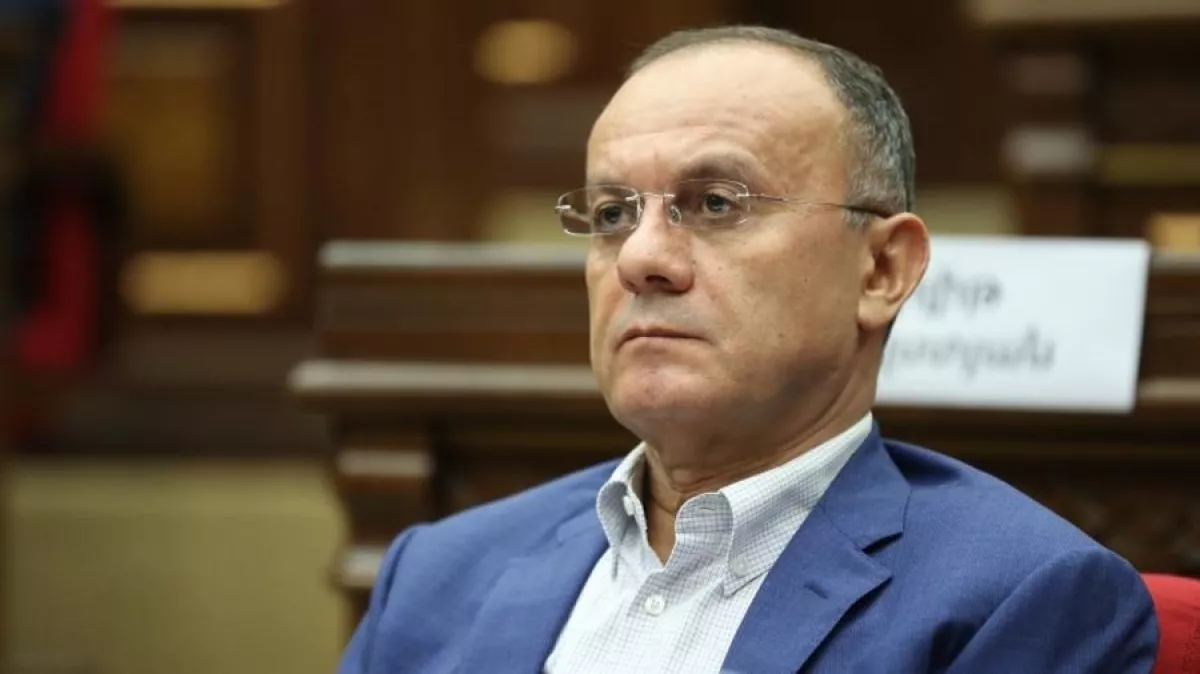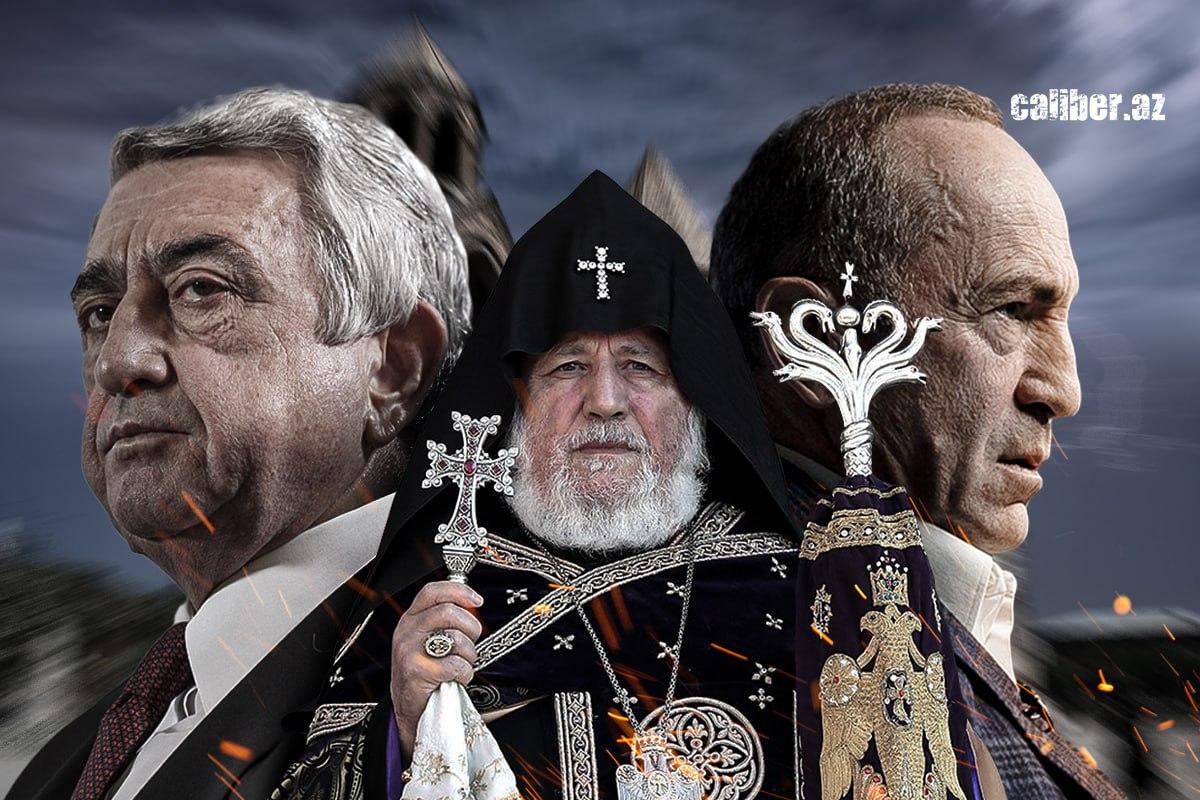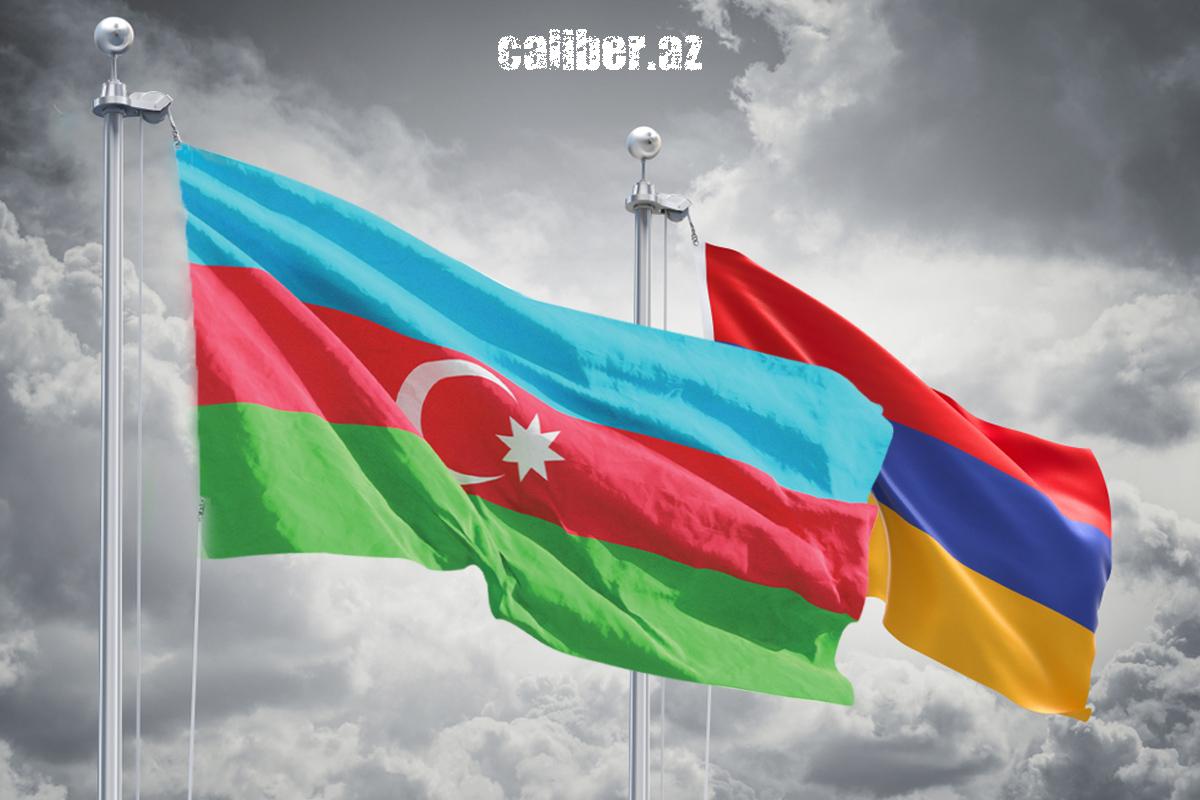Voluntary prisoners of the past Armenian revanchists obstruct peace in the South Caucasus
Peace is their enemy. This expression fully applies to those forces in Armenia that stubbornly refuse to accept the realities that have taken shape in the region. The rhetoric of revanchist circles continues to be marked by aggression, self-justification, and attempts to shift responsibility for their own failures onto the current government.
Thus, on October 24, during a session of the National Assembly of Armenia, Seyran Ohanyan, head of the parliamentary faction of the Kocharyan-led “Armenia” bloc, once again lashed out at Prime Minister Nikol Pashinyan’s government, accusing it of… failing the negotiation process with Baku.
“The opposition also wants peace and does not want casualties, but peace must be realistic. Nikol Pashinyan has failed the negotiation process with Azerbaijan. He was unable to use the proposed compromise options to achieve success later,” Ohanyan said.
At the same time, according to the opposition figure, the army was capable of defending the country. In Ohanyan’s view, the ruling party is unable to give a fair and honest assessment of the current reality.

Former long-time Armenian Defence Minister Seyran Ohanyan, nicknamed “Lame Seyran,” like many representatives of the previous authorities, is still trying to impose on society the illusion that “the Armenian army could have defended Karabakh.” According to this narrative, the 2020 capitulation was supposedly the result of political will rather than objective circumstances.
Let us set aside the well-known fact that in the autumn of 2020, Ohanyan and his unit disgracefully fled from Shusha, which was being liberated by the Azerbaijani army. The issue lies elsewhere. Ohanyan’s approach not only distorts reality but also dangerously pushes Armenian society toward repeating past mistakes.
These revanchist statements, coming from figures who for years fed the public myths about “military invincibility” and an “impenetrable line of defence,” now sound like an attempt to drag Armenia back into an era of confrontation, blockade, and self-isolation.
And this comes at a time when the current Prime Minister, Nikol Pashinyan—despite all the contradictions and difficulties of his course (which we hope are now in the past)—has, for the first time in decades, tried to lead Armenia out of the dead end into which it was driven by the occupation of Azerbaijani territories and the policies of previous governments. He recognised reality — the territorial integrity of Azerbaijan. Yet it was precisely this step — the move towards normalisation, peace, and the opening of borders and communications — that became a red flag for the revanchist circles.
The former authorities of Armenia, closely linked to certain high-ranking church figures, perceive peace with Azerbaijan as a threat to their own interests. After all, peace means an end to the manipulations over the “Karabakh issue” and to the uncontrolled flows of money “appropriated” under the slogans of “national security.”
That is why Kocharyan, Sargsyan, Ohanyan, and others like them now criticise any attempt by Pashinyan to reach a comprehensive agreement with Azerbaijan. They are deliberately undermining internal stability, playing on the emotions of a society that is tired of war but still lives in an atmosphere of mistrust—an atmosphere they themselves created.

The Armenian Church plays a particularly significant role in this process. Many of its high-ranking representatives continue to openly interfere in political affairs, supporting revanchist narratives and fuelling anti-Azerbaijani sentiment. Their speeches, made under the pretext of “defending spiritual values,” are in fact directed against any form of compromise or reconciliation — against the prospect of Armenia finally becoming a normal country rather than a staging ground for endless disputes over “lost lands.”
But the age of myths is over. Peace in the South Caucasus cannot be built on illusions and self-deception. Azerbaijan has demonstrated that sustainable development and regional leadership are achievable only through strength, realism, and responsibility.
The Armenian hardline opposition, while proclaiming its “desire for peace,” in reality issues an ultimatum — peace on its own terms, where Azerbaijan must relinquish its rights and Armenia once again finds a pretext for revenge. Such an approach is not merely unrealistic; it is dangerous for Armenia itself, as it once again pushes the country toward isolation and dependence on external patrons whose interests run counter to those of the Armenian people.

Armenian revanchists do not want Armenia to move forward and become part of a new architecture of peace and cooperation in the South Caucasus. No — their aim is to once again turn the country into a hostage of those who live in the past and cannot look to the future. And the louder the voices of the Dashnaks, the war criminal Ohanyan and others like them sound, the clearer it becomes that their true goal is new wars — not stability, but chaos. The opposition says it wants peace too. But their “peace” is the old slogan dressed up in a new guise: peace on their terms, where Azerbaijan must give ground and Armenia once again assume the role of the “victim.” This approach has nothing to do with real peace. It is political self-deception that repeatedly brings the country to the brink of crisis.
As President Aliyev noted in Astana, peace between Azerbaijan and Armenia is now not only on paper but in practice. It is a peace founded on the recognition of borders, mutual respect and renunciation of territorial claims. Any forces that obstruct this, consciously or not, stand against the future of the whole region. Azerbaijan has made its choice in favour of peace and development. Now the word is with Armenian society — will it be able to fully free itself from the shadow of the past and, in the elections due in 2026, consign the Dashnaks, the Karabakh clan and other revanchists to the dustbin of history? Now — and for good.








